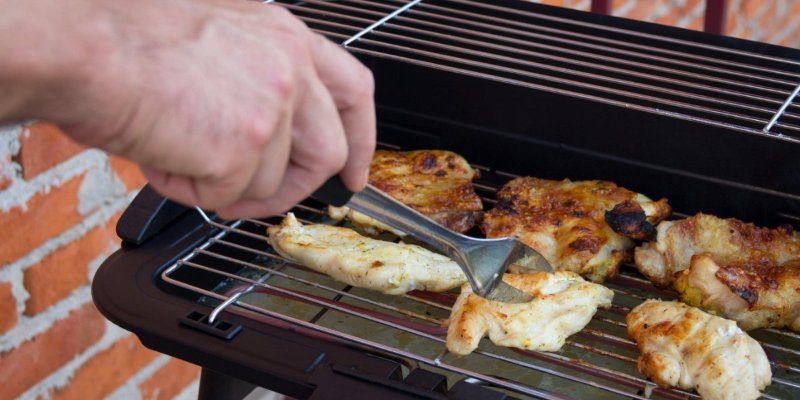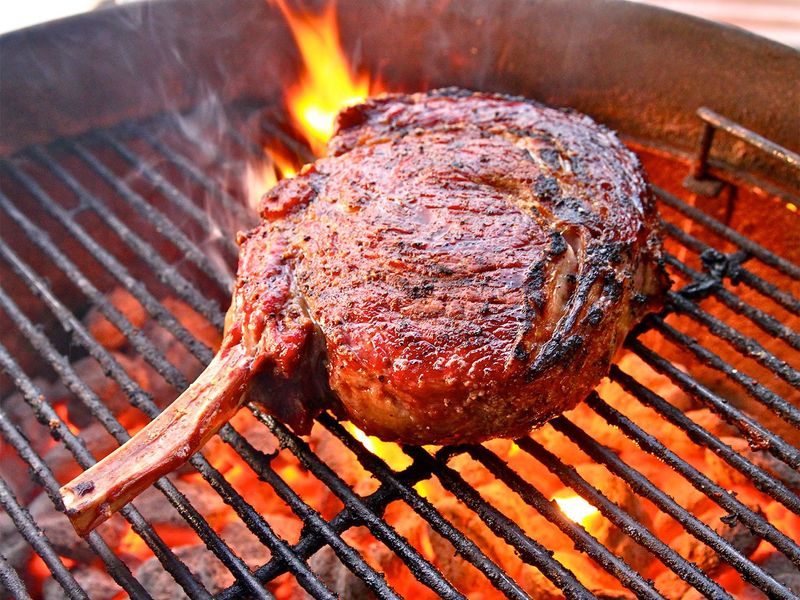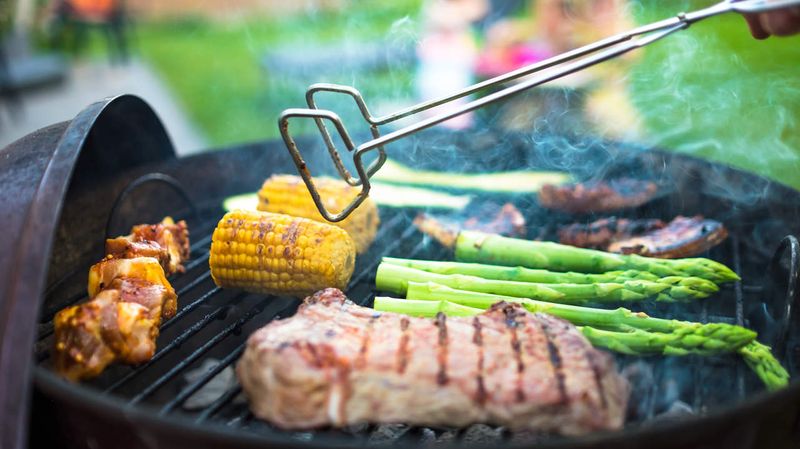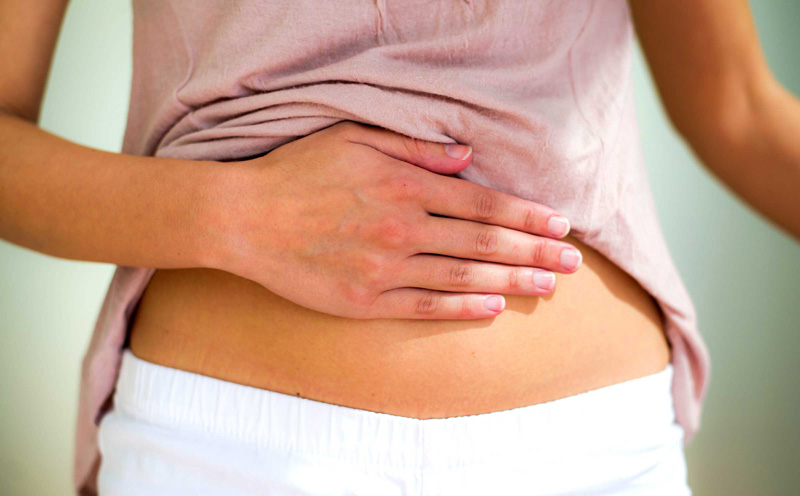Safety Concerns About Frozen & Grilled Foods Available In Market

In every part of the world, there are different procedures for cooking food, and Grilling is a form of cooking used in almost most of the world. The technique used behind this process is the involvement of dry heat that has been applied to the food. A significant form of direct heat is provided to the food so that it can be cooked thoroughly.
Grilled food, frozen foods are trendy in the recent food market. It not only changes the taste of standard eating procedures but also helps us to increased the use of preserved food more into our kitchen. Not even that, while having a picnic or any outing, we are more likely to prefer frozen foods or grilled foods to enjoy the preparation and taste. Food safety is the most concerned topic of all time, and it is difficult to find anyone who has never been encountered with some bad or unpleasant food. Foodborne diseases may result from the utilization or consuming of polluted by microbial pathogens, harmful synthetic compounds, or radioactive materials. Food sensitivity is nowadays another upcoming issue. While numerous foodborne diseases might act naturally constraining, some can be intense and even outcome in death. Ensuring food safety is growing increasingly important in the context of changing food habits, promotion of mass cooking foundations, and the globalization of food supply.

Grilling consists of placing the food below or above or in between a red-hot surface. When under the heater, the food is heated by radiation only. This results in the browning of food. Then the heat is more slowly conducted through the surfaces of the food downward. As heating is most superficial, grilled foods are usually reversed or rotated. If the food is above the heater, heat is transmitted to the food through convection currents as well as radiations with consequently increased efficiency. Some of the key factors to prevent food from getting contaminated:
- One should always maintain food surfaces clean. Wash all utensils, plates, platters, and cutlery when utilized.
- Separate the raw food from the prepared food.
- Cook food entirely, to a proper temperature.
- Protect food at temperatures, both for serving and storage.
- Always use clean, safe water and raw material for cooking food.
Also read: Common Facts On Food And Drug Interaction
Hence observing the procedure, we can see that it needs a bare hand many times for proper pickling and grilling. Therefore there is a massive chance of contamination of food if proper food handling is not followed. The following are some safety measures to enjoy grilled food anywhere:
- Wash out raw vegetables and meat thoroughly (so that the worms, their eggs, larvae, excess pesticide, etc. are removed) before cooking, the utensils too.
- While marinating procedure needed, please do this in the refrigerators don’t do it at the kitchen counter or any outdoors. Also, during the procedure, be careful that don’t contaminate the sauce or ingredients with raw meats as raw meat has the highest micro bacterial load. Thus contaminating the sauces and other paste may cause intoxication while using 2nd time or be stored for future use.
- Grilled food should be served hot and immediately. To keep the food warm for a long time, move the grill rack to the side part, just away from coal. Thus it can prevent overcooking, and the food remains hot for some more time before serving!
- Do not reuse the utensils where raw vegetables, meat, seafood were kept, as it contains many bacteria, worms. Try to avoid it and use the freshly clean one to serve.
- Before taking out from grill rack, always check the foreign materials, if it is attached to the food, then immediately clean it and reheat them. This is very common if you are cooking outside.
Besides grilling the food or cooked food, frozen foods are something different. Freezing is another method of increasing the shelf life of foods. Shallow temperature inhibits the growth of microorganisms and retards the enzymatic and chemical activities. Every cell of bacteria has a unique resistance to low temperatures, and they regain their survival power once they return to normal temperature. Freezing does not sterilize the food, although it inactivates the enzymes and reduces the bacterial activities. Every year, many million people are determined to have food contamination issues, regularly from eating half-cooked meat, poultry, and other creature items they can gt ill seriously. Some of the microbes and bacteria, for example, E. coli and salmonella, are central bacteria in chicken, hamburger, and meats.
Also read: Baked Foods Vs Grilled Foods & Which Is Better?
One of the main and important aspects of cooking the food is that it should be cooked properly and at the proper temperature, they can end up in the intestinal tract and lead to manifestations like retching, stomach cramps, and looseness of the bowels. The followings are some safety measures to take care of using frozen food for a meal anywhere, maybe outside or inside your home:
- If frozen foods are kept at room temperature after thawing, microorganisms multiply rapidly. Once the food has been thawed, it should not be frozen again.
- Do not cross-contaminate the foods. Raw meats, poultry, seafood, or vegetables should be handled carefully and after thawing maintains its hygiene by using separate utensils before cooking.

- It must also be borne in mind that the frozen product is never better than the raw materials from which it was frozen. So these must be treated carefully to avoid contamination.
- Always keep in mind, that keeps the cold in a cool condition not more than 30◦C and once it comes at room temperature, immediate use it doesn’t store them again into cold.
- If there is any frozen processed food then thaw them and cook them immediately as after a time the food will start degrading due to microbes and the water present in the food will change its content and desirability.









